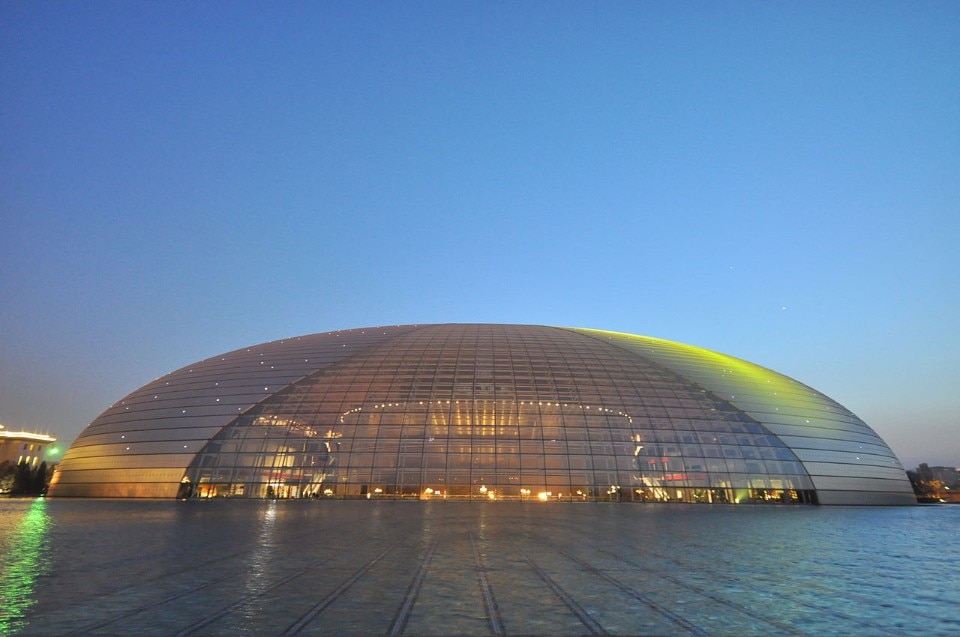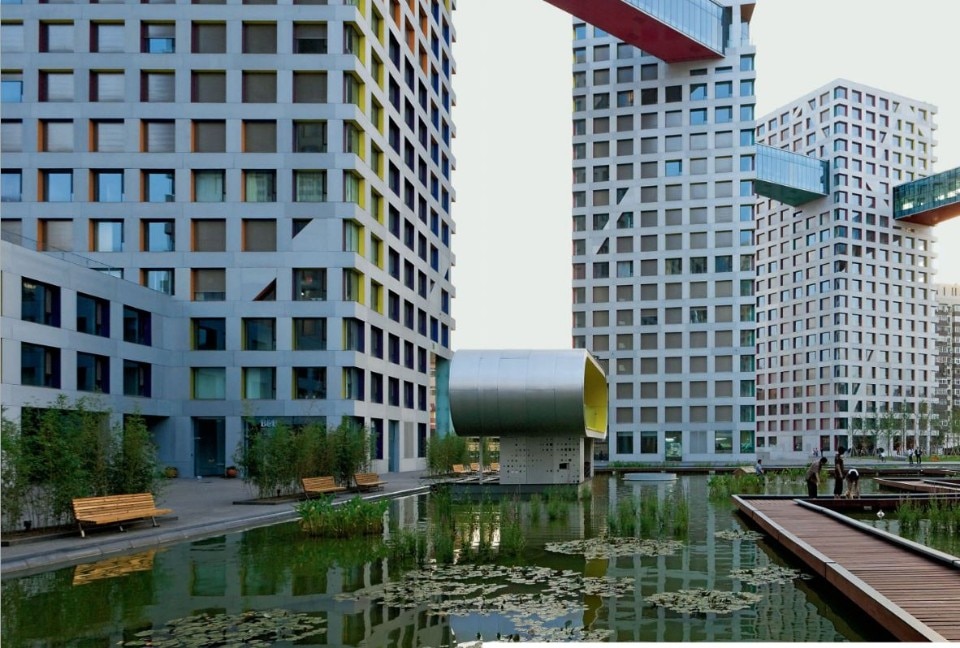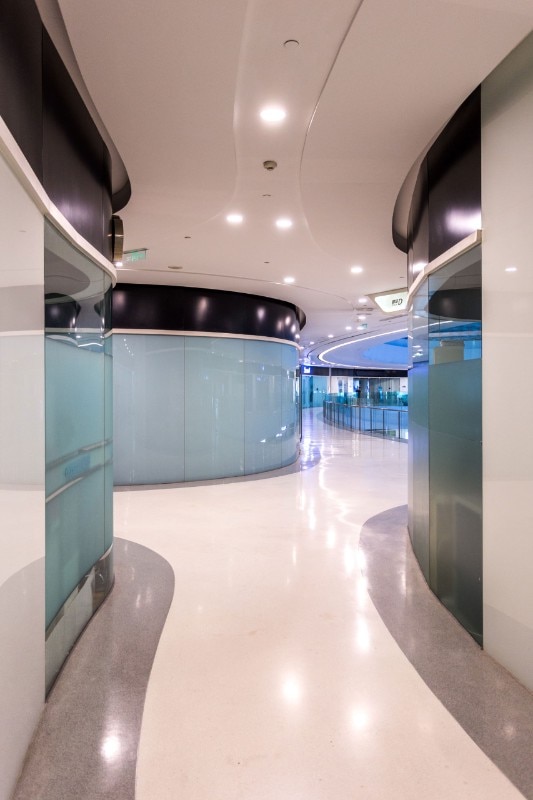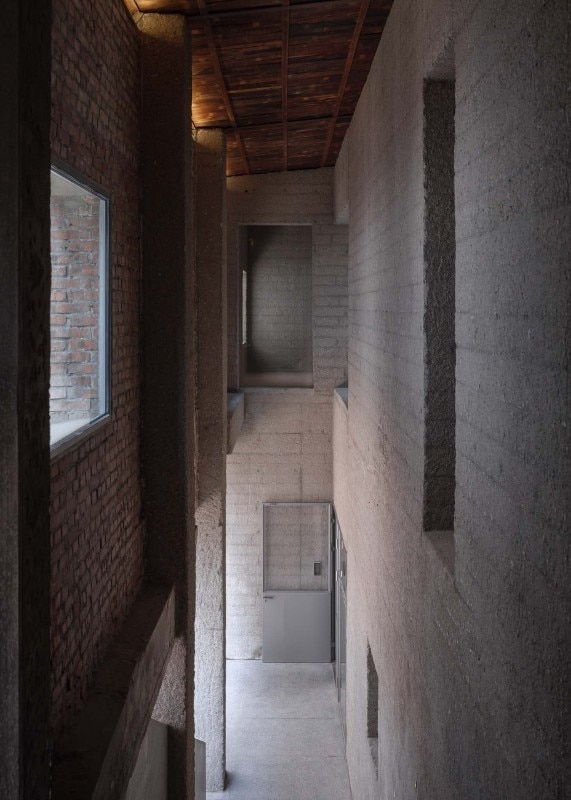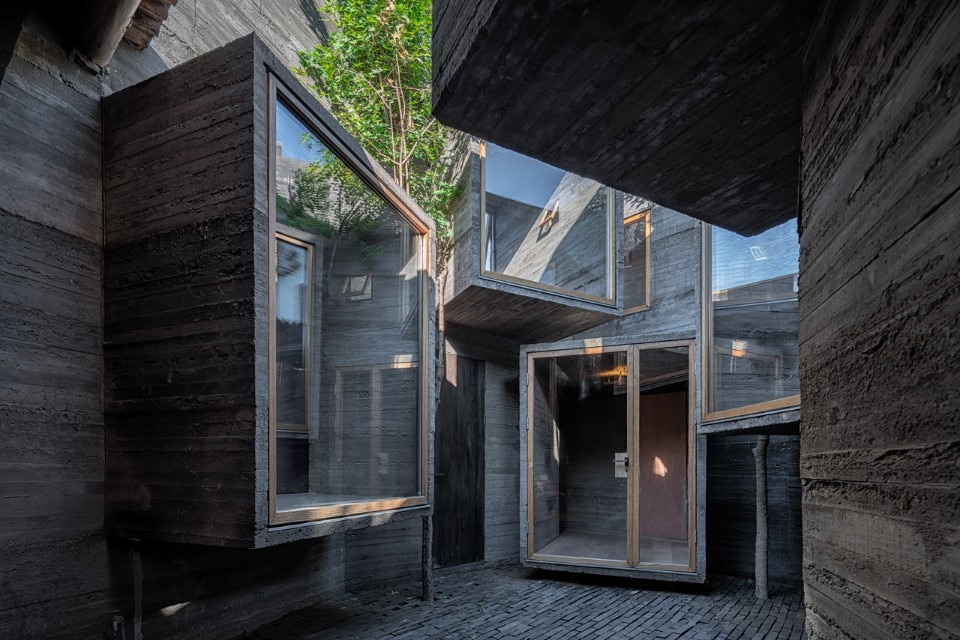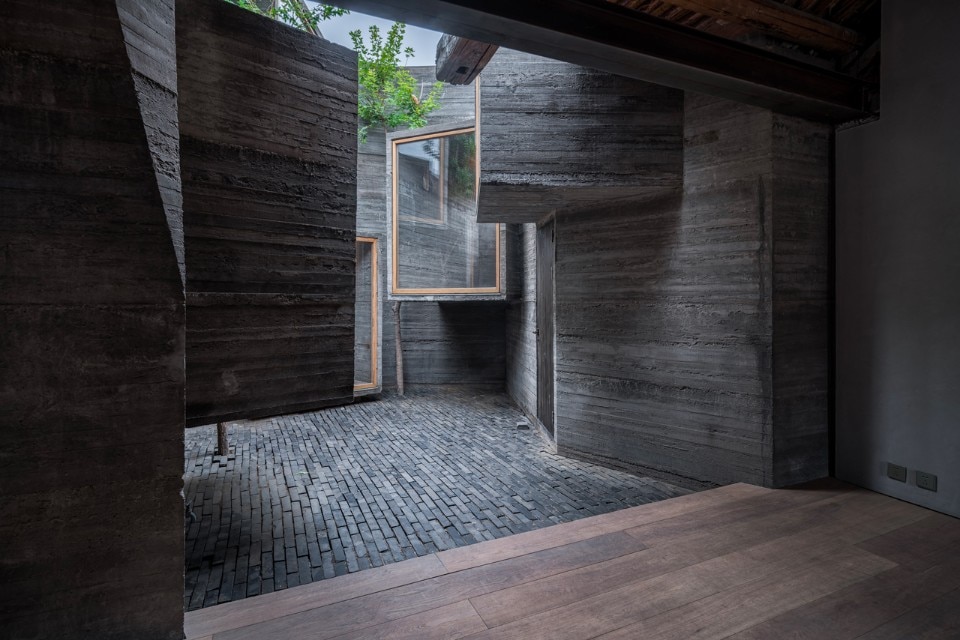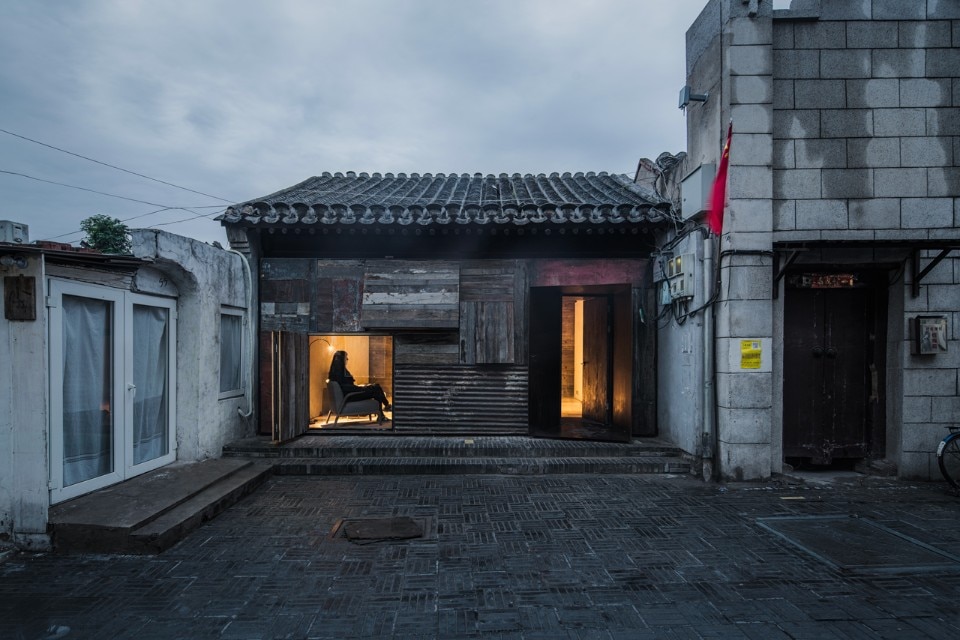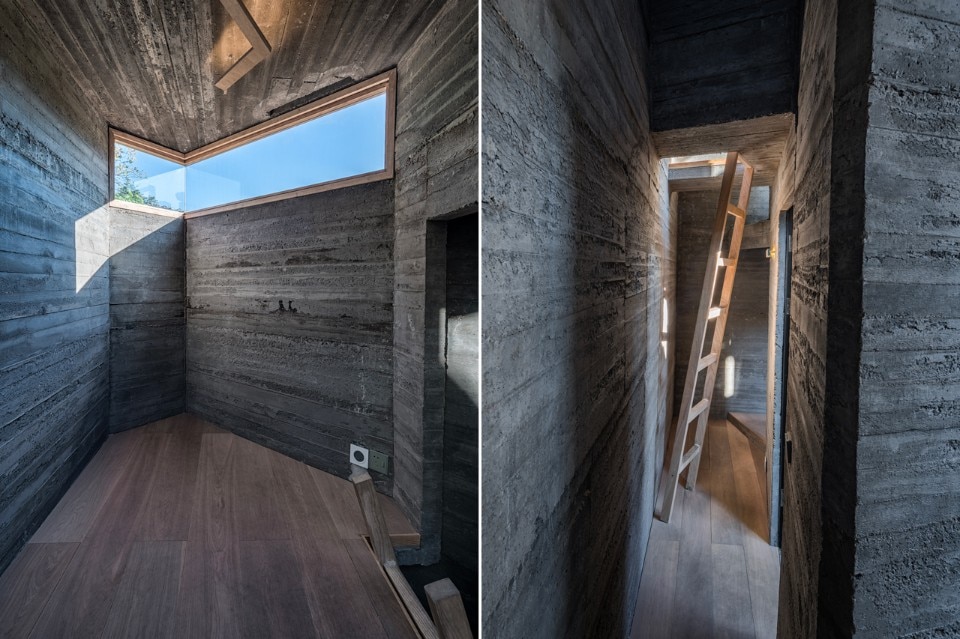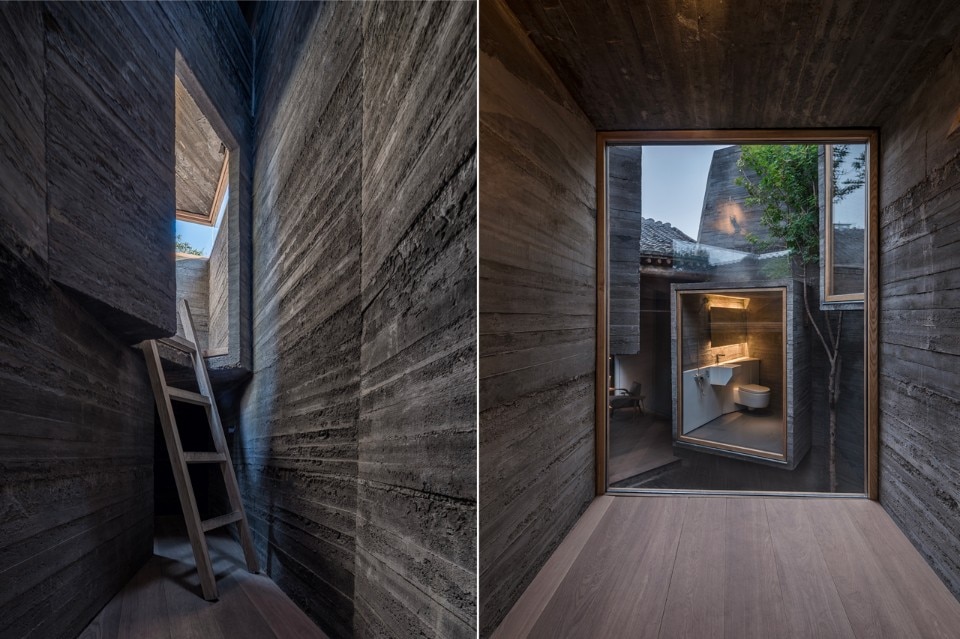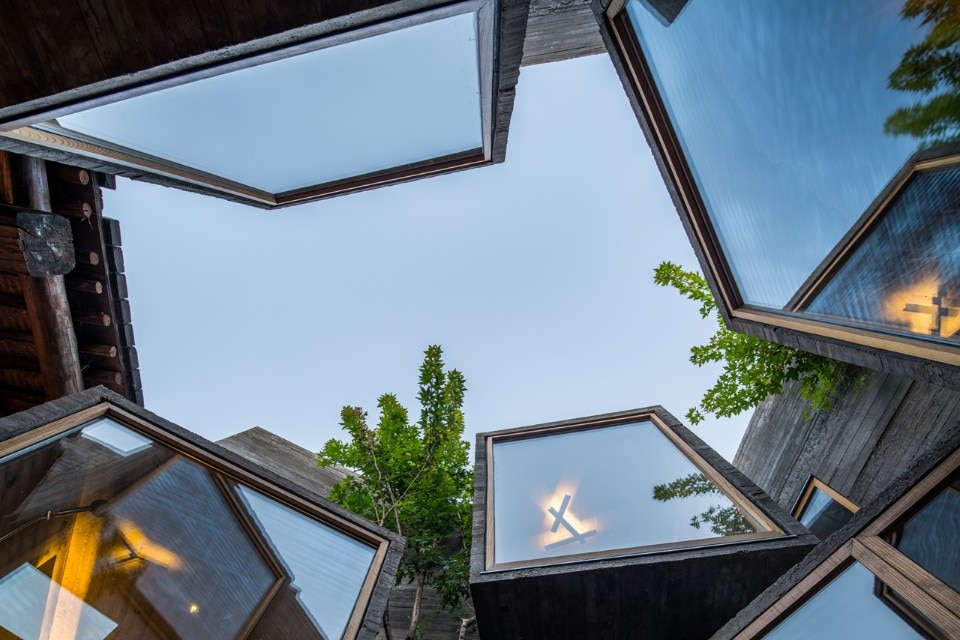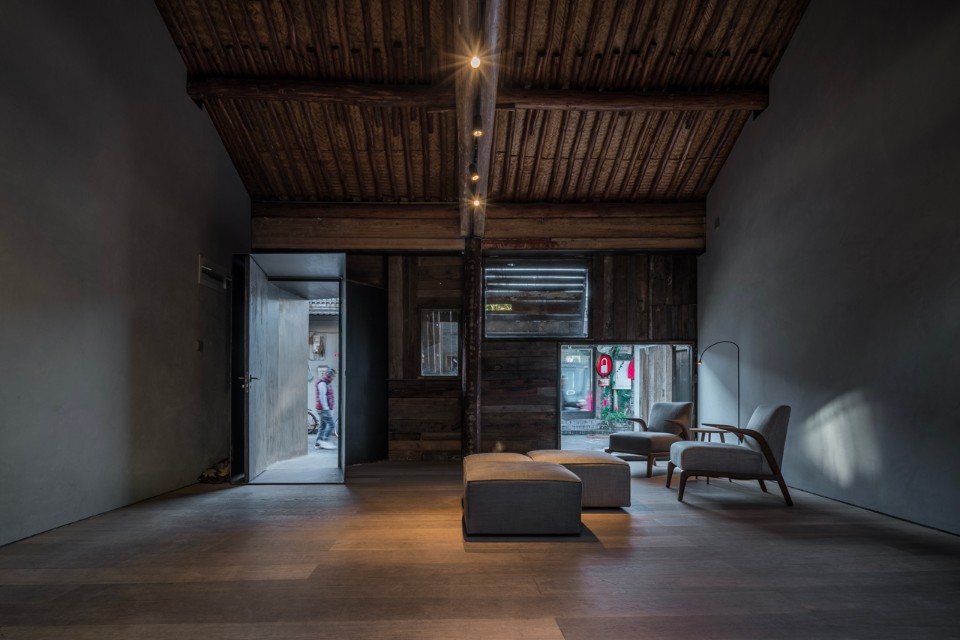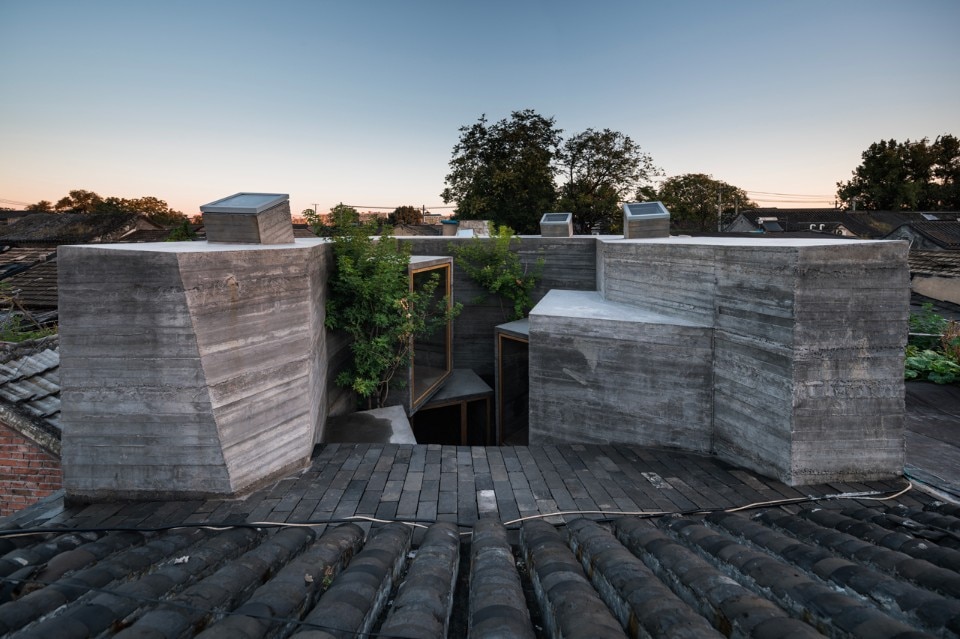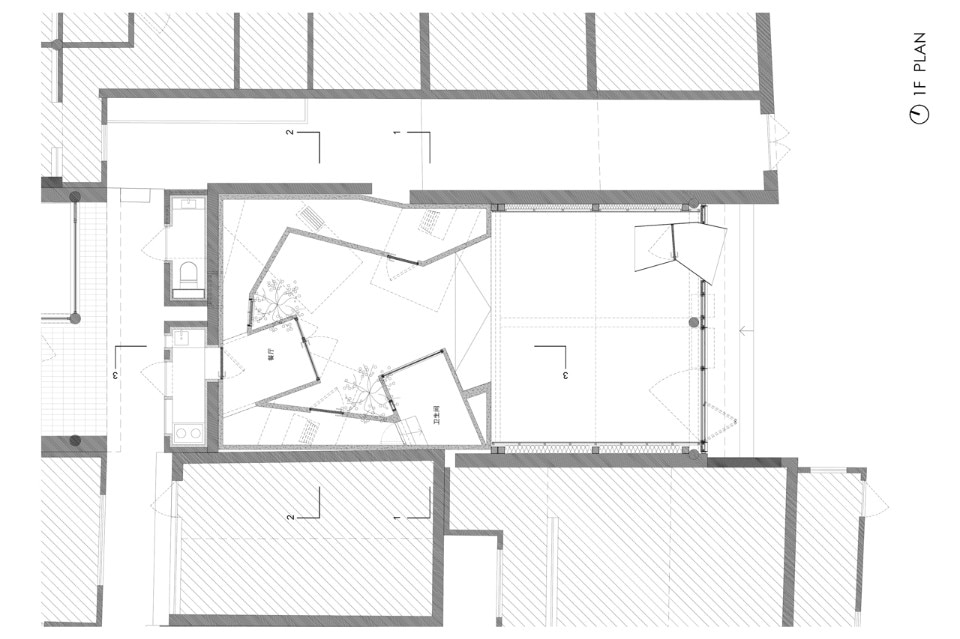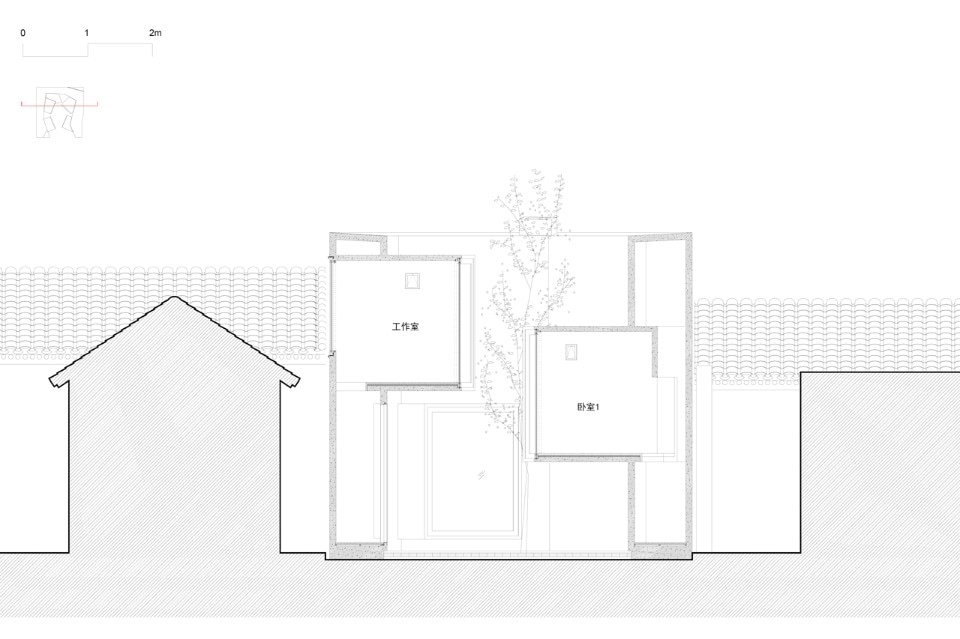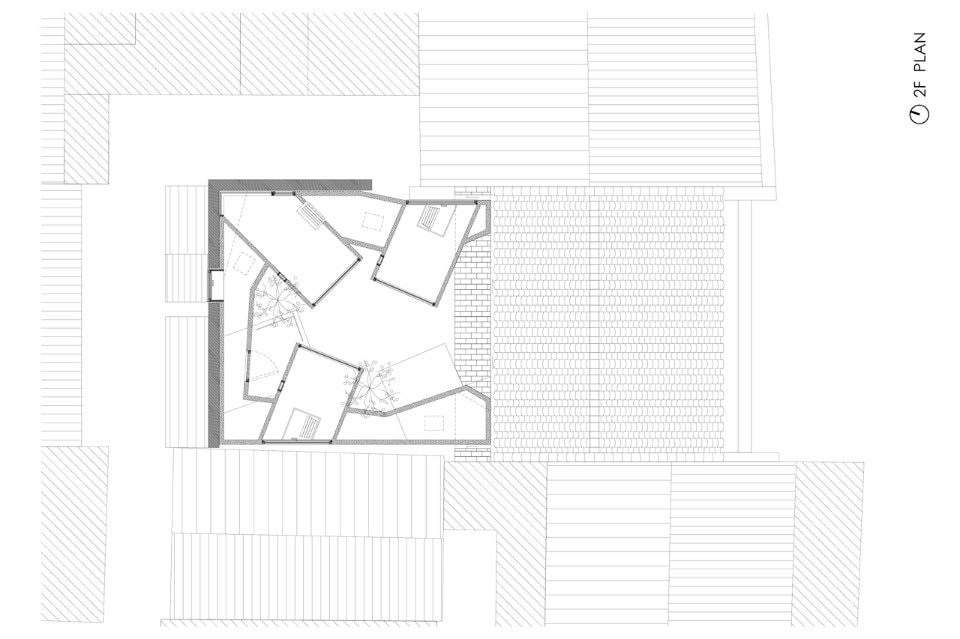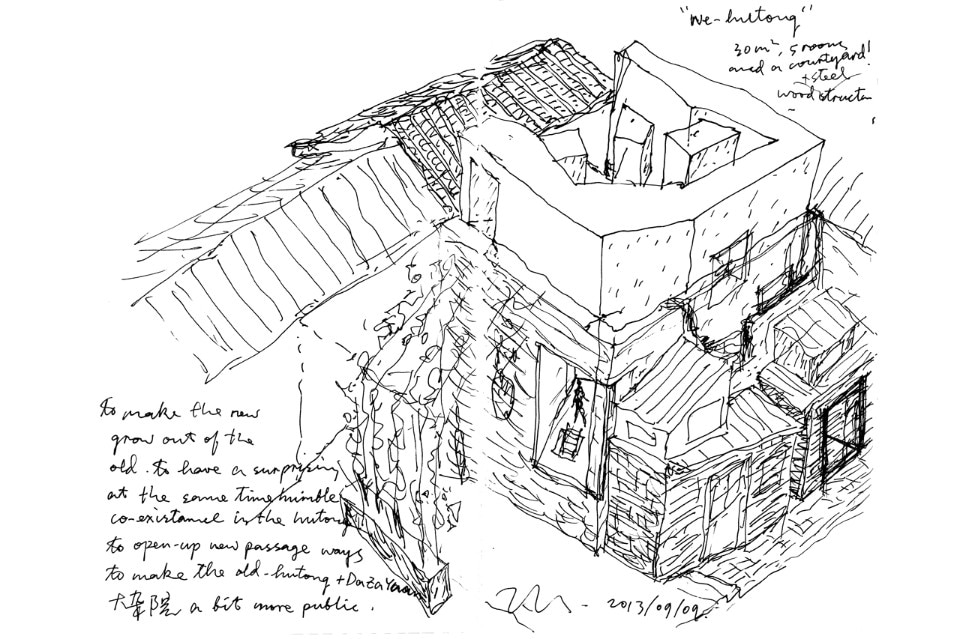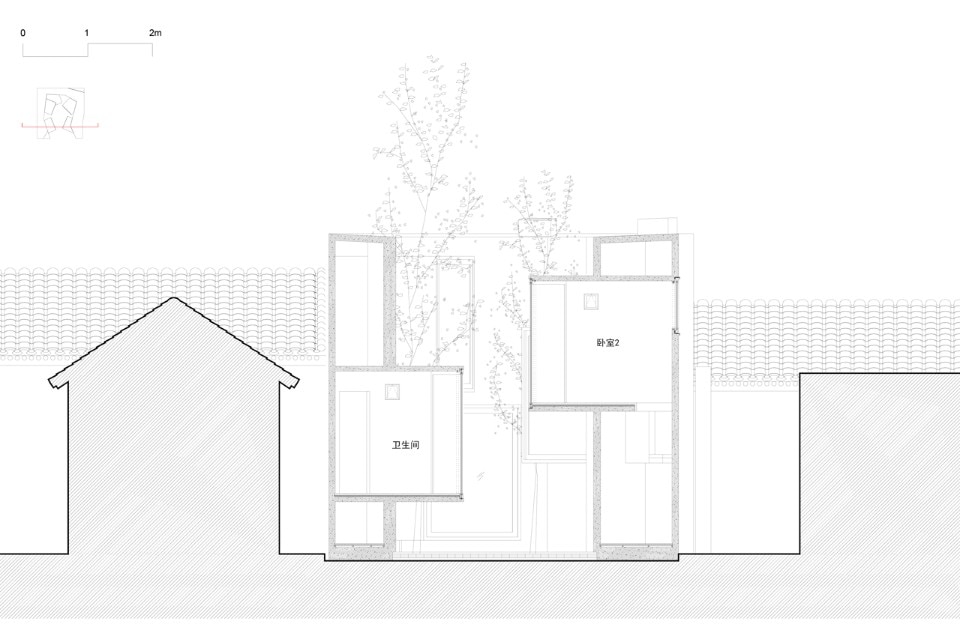by Gerardo Semprebon
It is said that to see China of the last millennia, one has to go to Xi’an, “the paradise of the West”, to see that of the last centuries, to Beijing, “the northern capital”, and to see that of the last decades, one has to go to Shanghai, the “pearl by the sea”. It’s no coincidence that the main monuments of Beijing date back to the last two ruling dynasties, the Ming and the Qing. In fact, Beijing is no exception to most of China’s historical sites, continuously reshaped in settlement forms, both in residential neighborhoods and imperial palaces. For instance, the Beijing described by Marco Polo, built during the Yuan Dynasty, no longer exists; it was demolished by the army of the conquering Ming Dynasty.
Several events have continued to reshape the capital, from the mid-19th-century Opium Wars to the Western penetration into China’s economic and social fabric, to the gradual dissolution of the empire and the problematic entry into modernity, as depicted in Bernardo Bertolucci’s “The Last Emperor”. With the dawn of the People’s Republic of China, Soviet urban models were imported, finding in Beijing, as in many other Chinese cities, one of the most symbolic expressions in the construction of countless danwei – work units enclosing domestic, productive, and social spaces in cities basically considered centers of production by the socialist state – today considered historical heritage and often reclaimed or regenerated.
With Deng’s rise to the presidency, in the 1980s, China rapidly opened up to foreign investments and the global market, and waves of urbanization transformed the urban boundaries of cities. In Beijing, the expansion is concentric, as evidenced by the various infrastructural rings that still today represent a fundamental tool for orientation. Alongside the massive constructions, even in Beijing, a city more resistant to changes compared to Shanghai or Guangzhou, there’s a push towards the spectacularization of certain urban transformations. This culminated in the iconic architectures of the 2000s, such as the Grand National Theatre, the Olympic Stadium, the CCTV Tower, or the Linked Hybrid, aimed at redefining the image and narrative of contemporary China, initially in response to global markets and later to the arrival of the 2008 Olympics.
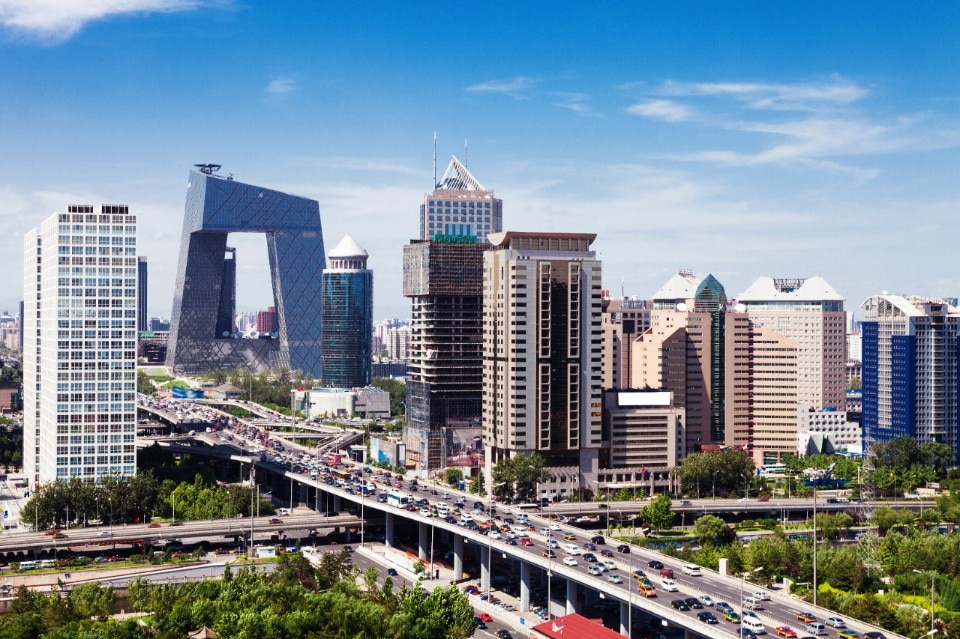
The two Olympics that Beijing hosted offer two very different interpretations of urban development. Despite a great complexity of processes, it can be argued that the 2008 Olympics aimed to demonstrate adherence to globalizing dynamics through theatricalization, whereas the Beijing of the 2022 Winter Olympics, with some exceptions – such as what happened in Chaoyang financial district – is not so different from that of fifteen years earlier. This is due to operations of urban regeneration and adaptation of existing structures to contemporary uses. Just recall the television images of chimneys and cooling towers as the backdrop for the ski jump ramps set up within the former metallurgical site of Shougang.
This new stance is certainly the result of a renewed perspective on the built city and its forms, which are progressively recognized as historical evidence. But perhaps it also stems from a series of appeals from the leadership to stop the construction of “strange buildings” – whatever that attribute may mean – and curiously, it’s almost always the CCTV headquarters, designed by OMA, that is taken as the target.
While waiting to discover how the world’s largest reading space will be in the new library designed by Snøhetta, expected by 2024, in contemporary Beijing we identify clear trends of urban regeneration – in residential areas, such as the traditional hutongs, and in the adaptive reuses of former industrial districts – and a great vitality in public spaces and connected services. From the historical segregation of blocks into courtyard houses and fenced work units to recent reactivation strategies that promote new interactions among residents, workers, and passersby, a positive reinterpretation of public space is traceable in today’s Beijing.
We have selected a small panorama of contemporary architectures that today gives us the essence of this entire historical and cultural stratification, capturing a snapshot of present-day Beijing, undoubtedly destined to evolve in the coming years.
National Grand Theater
Paul Andreu, 2008
 View gallery
View gallery
Born from a competition in 1998, Paul Andreu’s Opera House sparked heated debates on the relationship between history and contemporaneity, marking a fundamental turning point in the development of the capital. When the building saw the light in 2008, the enormous ellipsoidal dome was not the first modern icon to settle within Beijing’s low historical fabric. However, given its proximity to Tiananmen Square, it certainly shook the nostalgic the most. Since then, the glimmers of the Forbidden City’s golden rooftops confront daily the glass and titanium mullions of its structure, an effect amplified by the reflections on the waters of the surrounding artificial pool.
SIEEB, Sino-Italian Ecological and Energy Efficient Building
Mario Cucinella Architects, 2006
 View gallery
View gallery

Mario Cucinella Architects,SIEEB, Sino-Italian Ecological and Energy Efficient Building, 2006
Photo Gabriele Basilico

Mario Cucinella Architects,SIEEB, Sino-Italian Ecological and Energy Efficient Building, 2006
Photo Daniele Domenicali

Mario Cucinella Architects,SIEEB, Sino-Italian Ecological and Energy Efficient Building, 2006
Photo Daniele Domenicali

Mario Cucinella Architects,SIEEB, Sino-Italian Ecological and Energy Efficient Building, 2006
Photo Daniele Domenicali

Mario Cucinella Architects,SIEEB, Sino-Italian Ecological and Energy Efficient Building, 2006
Photo Daniele Domenicali

Mario Cucinella Architects,SIEEB, Sino-Italian Ecological and Energy Efficient Building, 2006

Mario Cucinella Architects,SIEEB, Sino-Italian Ecological and Energy Efficient Building, 2006
Photo Gabriele Basilico

Mario Cucinella Architects,SIEEB, Sino-Italian Ecological and Energy Efficient Building, 2006
Photo Daniele Domenicali

Mario Cucinella Architects,SIEEB, Sino-Italian Ecological and Energy Efficient Building, 2006
Photo Daniele Domenicali

Mario Cucinella Architects,SIEEB, Sino-Italian Ecological and Energy Efficient Building, 2006
Photo Daniele Domenicali

Mario Cucinella Architects,SIEEB, Sino-Italian Ecological and Energy Efficient Building, 2006
Photo Daniele Domenicali

Mario Cucinella Architects,SIEEB, Sino-Italian Ecological and Energy Efficient Building, 2006
The Sino-Italian Centre for Education, Training and Research in Environmental Protection and Energy Conservation is a building that employs design strategies, both active and passive, along with constructional attention aimed at reducing energy consumption. Completed in 2006 within the Tsinghua University campus, the building draws inspiration from plant metabolism: the photovoltaic shading alludes to the photosynthesis performed by leaves. Closed to the north and open to the south, the entry of natural light is regulated by specific sensors according to the particular needs of each environment.
Bird’s Nest
Herzog & De Meuron, 2008
 View gallery
View gallery
Arguably the best-known symbol of Olympic Beijing is the National Stadium, which first opened in 2008. 24 lattice elements, arranged at regular intervals, support the structure, but the main aspect of this building is definitely the perforated shell that surrounds the volume. This is a sort of shell permeable to light and air that is made of a dense weave of prefabricated steel tubular elements assembled on site that creates a gap with respect to the bleachers. It is this osmotic space between play area and city that is the main feature of this architecture, which has earned it the nickname Bird's Nest.
Water Cube
PTW Architects, 2008Next to the Bird's Nest stands the National Aquatics Center, the water stadium. The building designed by Australian firm Ptw Architects could accommodate up to 18,000 people during the 2008 Olympics. In the post-event, the capacity was reduced to 6,000 and the structure adapted to host curling competitions. The cladding is made of etfe, ethylene tetrafluoroethylene, a lightweight, durable partially fluorinated polymer with interesting insulating properties, laid in a geometric pattern that emphasizes the three-dimensional effect of the water bubbles it is intended to allude to.
CCTV Tower
OMA, 2012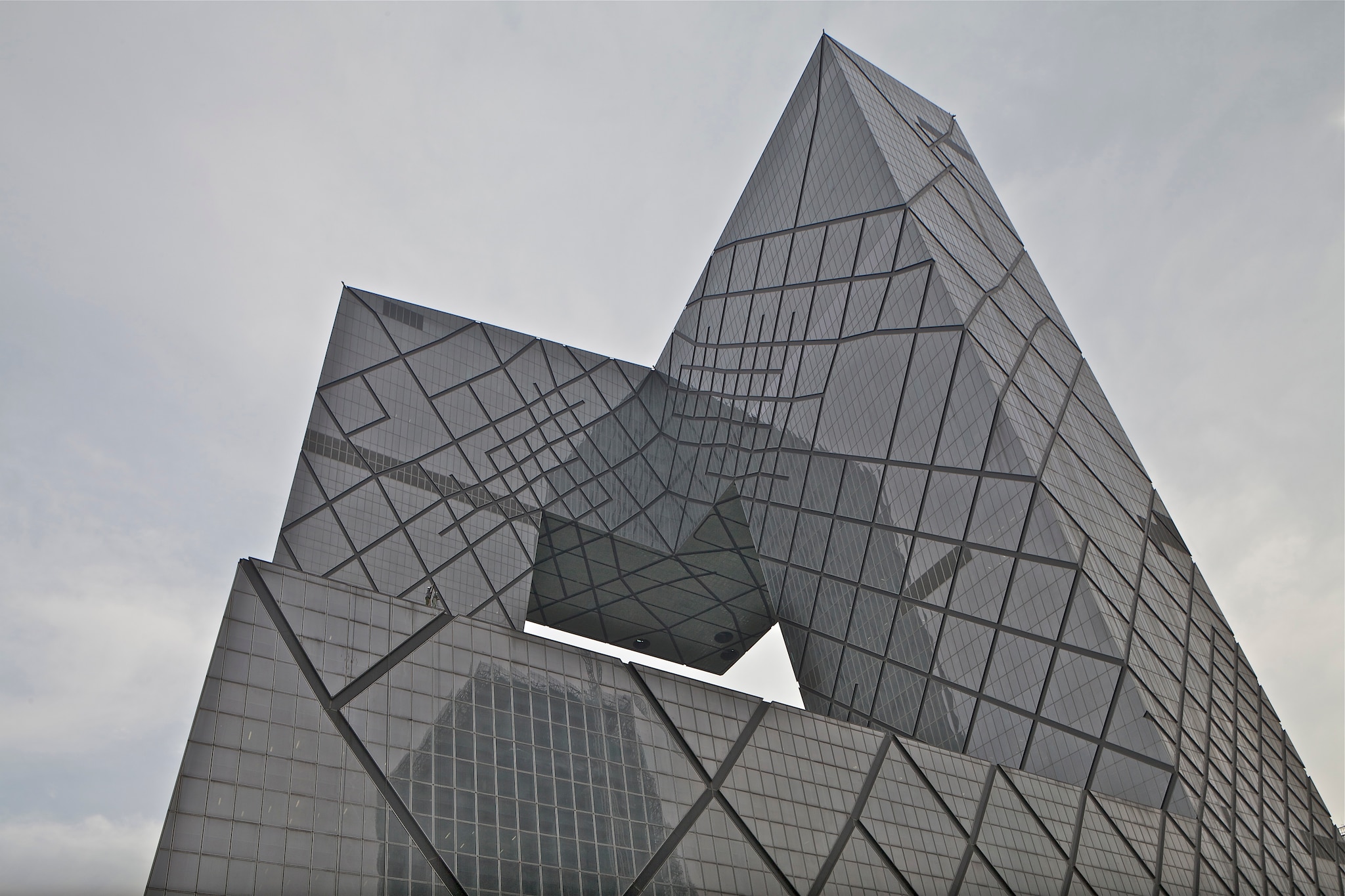
 View gallery
View gallery
Although its 234 meters classify the China Central Television headquarters as a skyscraper, it’s challenging to use the term for this enormous three-dimensional loop. In fact, the difficulty in grasping the real dimensions of this superstructure, one of the icons of Olympic Beijing, magnifies the monumental effect it assumes in the urban experience. Over the years, this effect has been subdued by the continuous addition of towers in Chaoyang district. Thanks to its impressive cantilever, it embodies one of the most daring engineering challenges of modern times. oved and hated, sparking sharp debates, the CCTV tower is much more than a mere formal play: it’s a symbol born from enormous economic and political forces that offers multiple layers of interpretation.
Linked Hybrid
Steven Holl Architects, 2009 View gallery
View gallery
One of the most significant developments born amid the pre-Olympic fervor is undoubtedly this block completed in 2009. Linked Hybrid is not just one of the first mixed-use complexes in the heart of Beijing, but it’s also an innovative idea of a city that overturns and rearticulates functional diversity in a three-dimensional configuration. In addition to 750 apartments, the program includes commercial and recreational activities that attract users who are not necessarily residents of the block, creating a degree of permeability and public interaction previously unknown in the Chinese city. The pathways bifurcate, adding to open space circulation with suspended walkways, a reinterpretation of brutalist “streets in the sky,” creating meeting places and distributing commercial, exhibition, and leisure spaces. The 660 geothermal wells that extend 100 meters underground attest to a pioneering commitment to sustainability compared to the time when the complex was conceived.
Galaxy e Wanjing SOHO
Zaha Hadid Architects, 2012-2014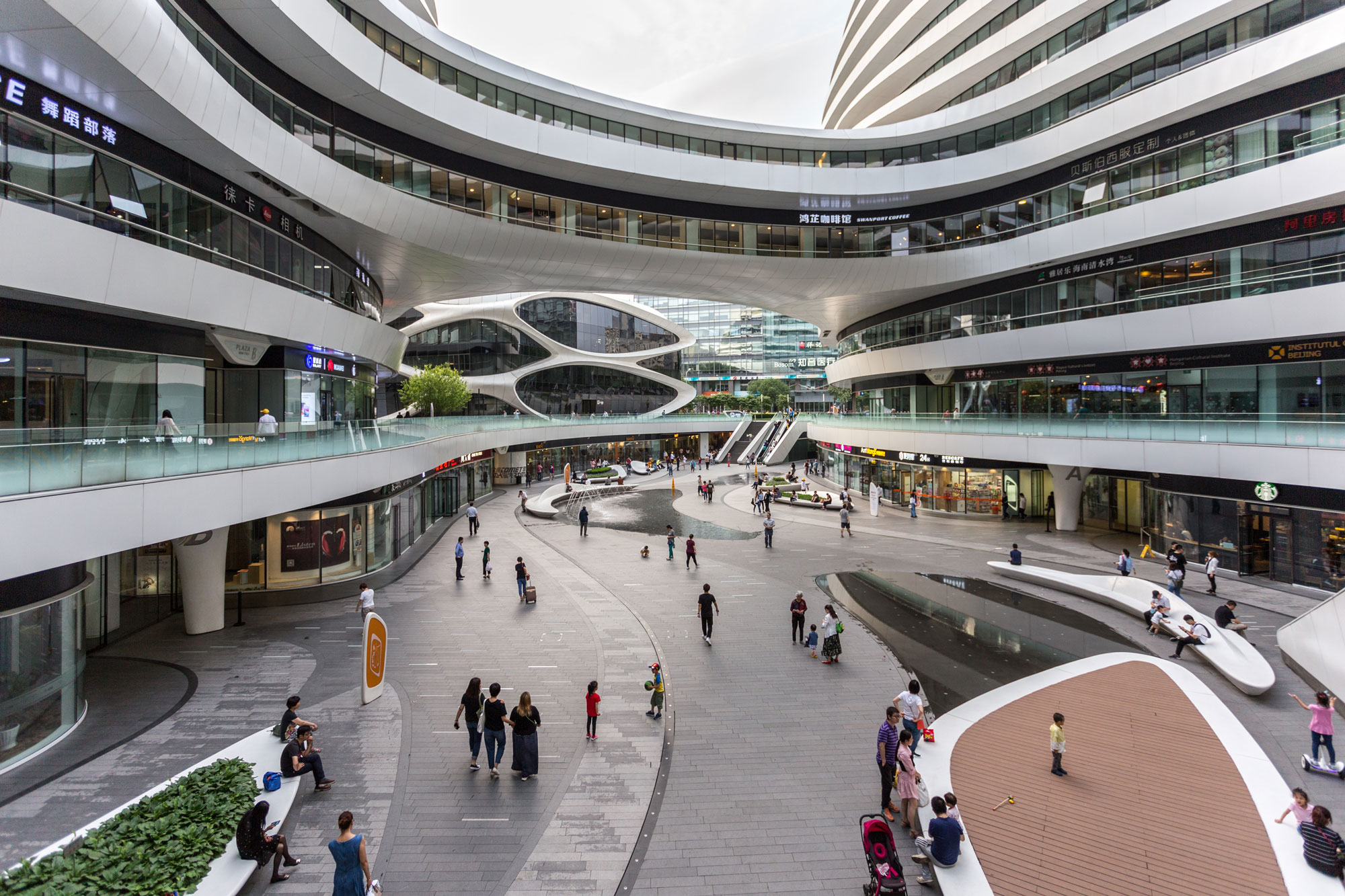
 View gallery
View gallery
The most famous Small Office/Home Office (SOHO) complexes in Beijing, designed by Zaha Hadid, are the Galaxi, completed in 2012, and the Wanjing, completed in 2014. These are mixed-use compounds primarily comprising offices and complementary functions. In both cases, the clusters of buildings seem to stem from the reconstruction of a natural topography: soaring in the more peripheral Wanjing – its tallest tower reaches 200 meters – and concave in the more central Galaxi. The volumes are characterized by rounded forms that appear to emerge from a thickened and structured ground. A distinct horizontal arrangement of balconies, cornices, and glass surfaces accentuates the theatricality of these vast urban environments.
Chaoyang Plaza
MAD Architects, 2017
 View gallery
View gallery
Chaoyang Plaza is one of the initial applications of Ma Yansong’s manifesto for a Shanshui City, an idea for a city that incorporates the spirituality and elements of traditional Chinese landscape painting. The small ground-level volumes symbolizing boulders and the two towers reflecting in the nearby lake waters are intended to evoke a classical landscape. MAD’s approach isn’t solely nostalgic but also a call to rediscover an aesthetic and ecological canon that has been lost in contemporary Chinese cities. The utilization of rounded forms echoes some themes seen in Hadid’s SOHO designs but departs from them through the use of darker hues and vertical arrangements.
Baiziwan Social Housing
MAD Architects, 2021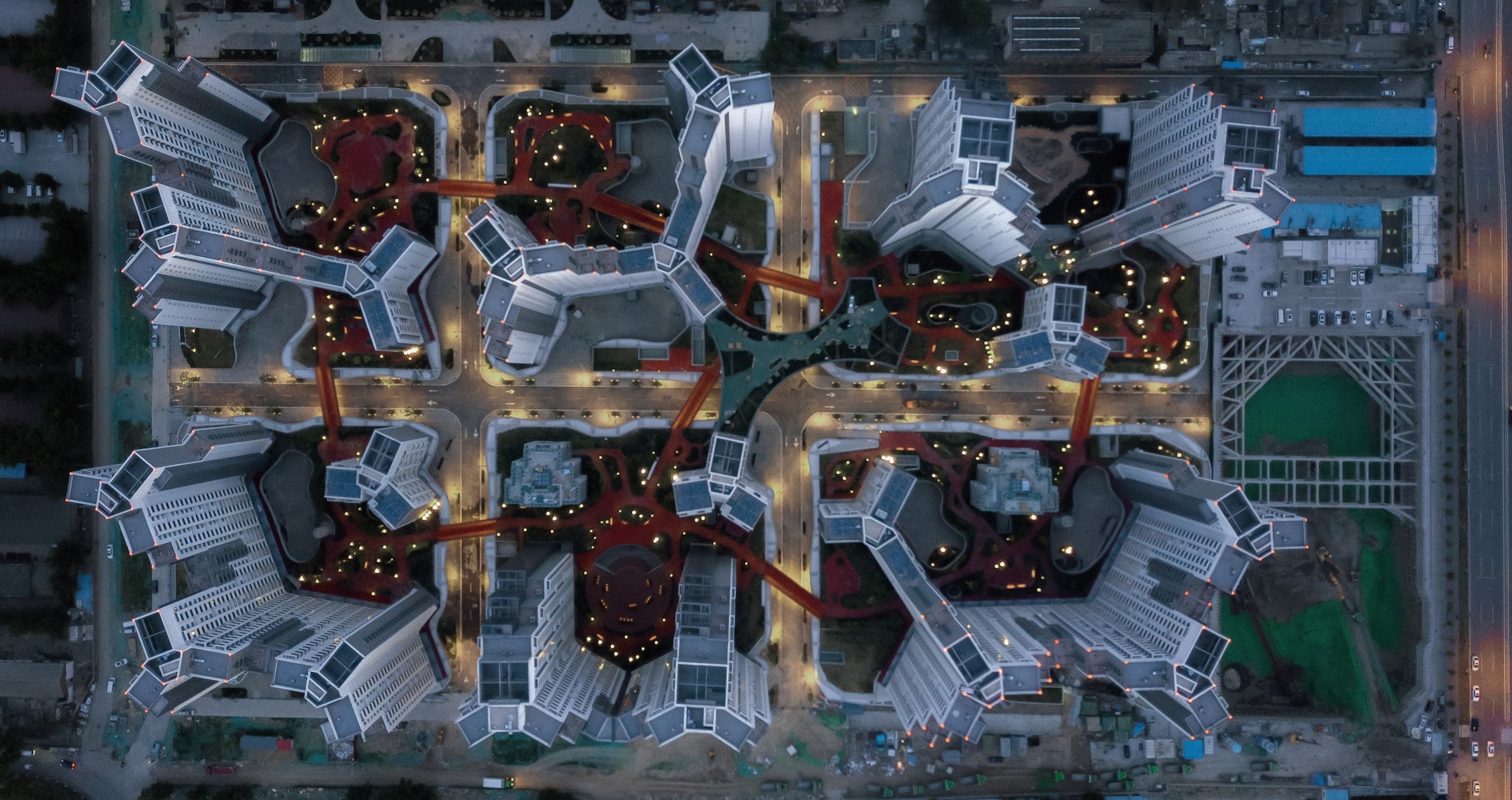
 View gallery
View gallery
The first social housing complex by MAD came to light in 2021 as an expression of a research journey that began in 2014, aiming to dismantle the logic of residential gated communities. In fact, while the housing units constructed using prefabrication techniques seem to reinterpret some themes of the “existenzminimum”, the arrangement of the buildings, with twelve organized into six blocks, highlights an idea of collective space between housing and an alternative city model to the typical Chinese residential standard. The flows are thus organized on different levels, ensuring great permeability, with shared-use spaces being the focal points.
Daxing Airport
Zaha Hadid Architects, 2019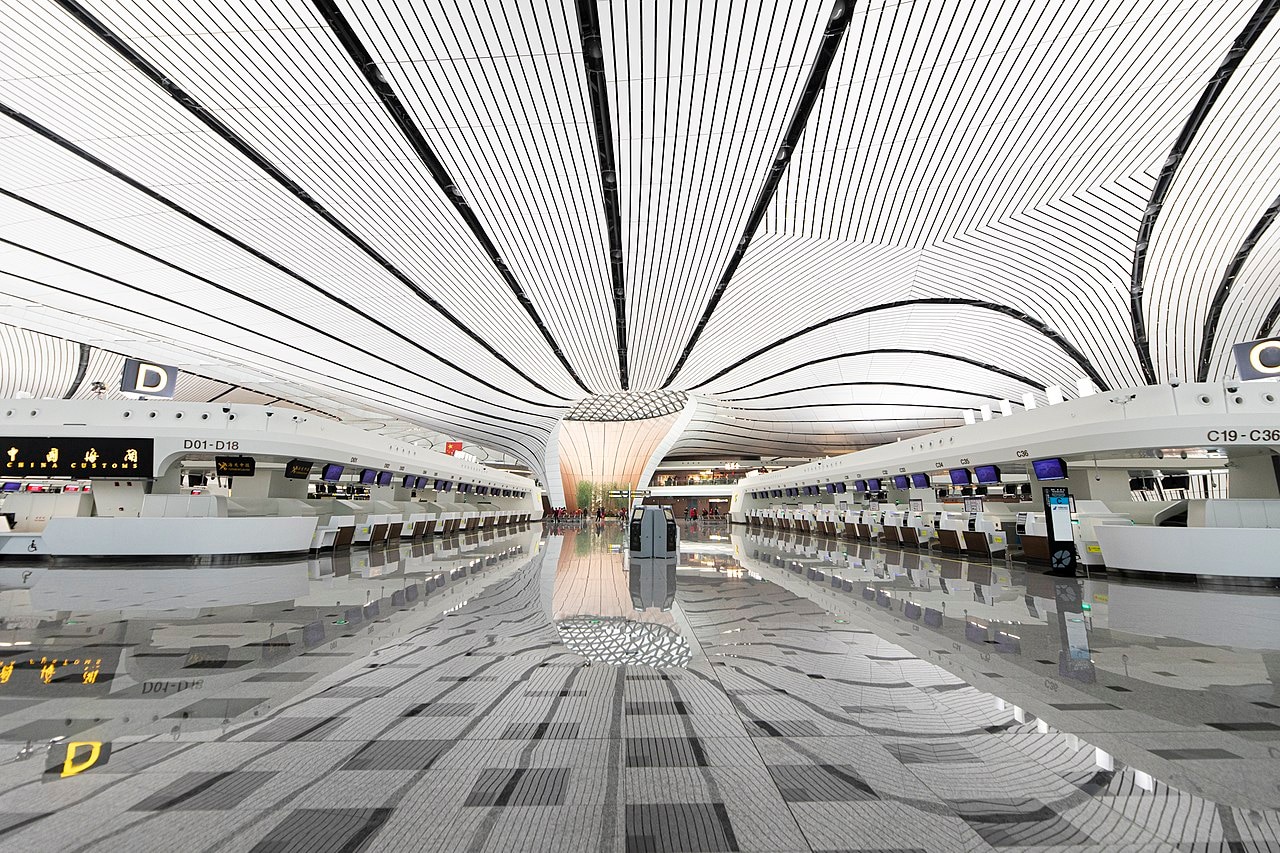
 View gallery
View gallery
The new terminal, inaugurated in 2019, was designed to alleviate the congestion at Beijing’s other airport. Once fully operational, it will handle up to a hundred million passengers annually. The flows are centralized in the core space of the structure: a grand hall that serves as the heart of the terminal and evokes the concept of a courtyard, a pivotal element of traditional Beijing houses. This layout, combined with a series of automation related to boarding phases, significantly reduces the time taken to reach the gates. Rainwater, up to 2.8 million cubic meters, is collected and purified before being returned to water basins intended to mitigate heat islands and potential flooding.

 View gallery
View gallery
The 798 Art District owes its name to one of the state-owned factories built in the 1950s. Following a decommissioning process, starting in 2001, the empty spaces have gradually been taken over by artists who established studios and exhibition spaces. Today, the warehouses host over a hundred cultural and creative activities, including design studios, publishing houses, recording studios, fashion designers, and more, within a square kilometer of post-industrial space. In 2003, Time Magazine included the 798 Art District among the 22 most famous places of interest worldwide.
Lao Ding Feng
Neri&Hu Design and Research Office, 2022
 View gallery
View gallery
In 2022, Neri&Hu completed the adaptive reuse of a former warehouse transformed into a retail and concept store for Lao Ding Feng, a renowned pastry brand that aimed for post-industrial rejuvenation to create a new corporate image. The brick warehouse with a roof supported by metal trusses, once a textile laboratory, was preserved where possible and transformed with concrete inserts that reorganized a complex functional program. It’s precisely the spaces between the old and new structures that generate tension, whether due to audacious proportions, with continuous openings and cuts for natural light, or due to material combinations, where the bush-hammered concrete accentuates the plasticity of the new volumes and the contrast with the existing brick walls.
Public restrooms AMOEBA
People’s Architecture Office, 2021
 View gallery
View gallery

People’s Architecture Office, Amoeba Public Restroom, Mentougou, Beijing, China 2021
Photo Zhu Yumeng, People’s Architecture Office

People’s Architecture Office, Amoeba Public Restroom, Mentougou, Beijing, China 2021
Photo Zhu Yumeng, People’s Architecture Office

People’s Architecture Office, Amoeba Public Restroom, Mentougou, Beijing, China 2021
Photo Zhu Yumeng, People’s Architecture Office

People’s Architecture Office, Amoeba Public Restroom, Mentougou, Beijing, China 2021
Photo Zhu Yumeng, People’s Architecture Office

People’s Architecture Office, Amoeba Public Restroom, Mentougou, Beijing, China 2021
Photo Zhu Yumeng, People’s Architecture Office

People’s Architecture Office, Amoeba Public Restroom, Mentougou, Beijing, China 2021
Photo Zhu Yumeng, People’s Architecture Office

People’s Architecture Office, Amoeba Public Restroom, Mentougou, Beijing, China 2021
Photo Zhu Yumeng, People’s Architecture Office

People’s Architecture Office, Amoeba Public Restroom, Mentougou, Beijing, China 2021
Photo Zhu Yumeng, People’s Architecture Office

People’s Architecture Office, Amoeba Public Restroom, Mentougou, Beijing, China 2021
Photo Zhu Yumeng, People’s Architecture Office

People’s Architecture Office, Amoeba Public Restroom, Mentougou, Beijing, China 2021
Photo Zhu Yumeng, People’s Architecture Office

People’s Architecture Office, Amoeba Public Restroom, Mentougou, Beijing, China 2021
Photo Zhu Yumeng, People’s Architecture Office

People’s Architecture Office, Amoeba Public Restroom, Mentougou, Beijing, China 2021
Photo Zhu Yumeng, People’s Architecture Office

People’s Architecture Office, Amoeba Public Restroom, Mentougou, Beijing, China 2021
Photo Zhu Yumeng, People’s Architecture Office

People’s Architecture Office, Amoeba Public Restroom, Mentougou, Beijing, China 2021
Photo Zhu Yumeng, People’s Architecture Office

People’s Architecture Office, Amoeba Public Restroom, Mentougou, Beijing, China 2021
Project Drawing

People’s Architecture Office, Amoeba Public Restroom, Mentougou, Beijing, China 2021
Project Drawing

People’s Architecture Office, Amoeba Public Restroom, Mentougou, Beijing, China 2021
Project Drawing

People’s Architecture Office, Amoeba Public Restroom, Mentougou, Beijing, China 2021
Project Drawing

People’s Architecture Office, Amoeba Public Restroom, Mentougou, Beijing, China 2021
Photo Zhu Yumeng, People’s Architecture Office

People’s Architecture Office, Amoeba Public Restroom, Mentougou, Beijing, China 2021
Photo Zhu Yumeng, People’s Architecture Office

People’s Architecture Office, Amoeba Public Restroom, Mentougou, Beijing, China 2021
Photo Zhu Yumeng, People’s Architecture Office

People’s Architecture Office, Amoeba Public Restroom, Mentougou, Beijing, China 2021
Photo Zhu Yumeng, People’s Architecture Office

People’s Architecture Office, Amoeba Public Restroom, Mentougou, Beijing, China 2021
Photo Zhu Yumeng, People’s Architecture Office

People’s Architecture Office, Amoeba Public Restroom, Mentougou, Beijing, China 2021
Photo Zhu Yumeng, People’s Architecture Office

People’s Architecture Office, Amoeba Public Restroom, Mentougou, Beijing, China 2021
Photo Zhu Yumeng, People’s Architecture Office

People’s Architecture Office, Amoeba Public Restroom, Mentougou, Beijing, China 2021
Photo Zhu Yumeng, People’s Architecture Office

People’s Architecture Office, Amoeba Public Restroom, Mentougou, Beijing, China 2021
Photo Zhu Yumeng, People’s Architecture Office

People’s Architecture Office, Amoeba Public Restroom, Mentougou, Beijing, China 2021
Photo Zhu Yumeng, People’s Architecture Office

People’s Architecture Office, Amoeba Public Restroom, Mentougou, Beijing, China 2021
Photo Zhu Yumeng, People’s Architecture Office

People’s Architecture Office, Amoeba Public Restroom, Mentougou, Beijing, China 2021
Photo Zhu Yumeng, People’s Architecture Office

People’s Architecture Office, Amoeba Public Restroom, Mentougou, Beijing, China 2021
Photo Zhu Yumeng, People’s Architecture Office

People’s Architecture Office, Amoeba Public Restroom, Mentougou, Beijing, China 2021
Photo Zhu Yumeng, People’s Architecture Office

People’s Architecture Office, Amoeba Public Restroom, Mentougou, Beijing, China 2021
Project Drawing

People’s Architecture Office, Amoeba Public Restroom, Mentougou, Beijing, China 2021
Project Drawing

People’s Architecture Office, Amoeba Public Restroom, Mentougou, Beijing, China 2021
Project Drawing

People’s Architecture Office, Amoeba Public Restroom, Mentougou, Beijing, China 2021
Project Drawing
The public restrooms designed by People Architecture Office in 2021 for Manshan Park showcase a potential path towards redeeming an architectural category often trivialized by formal clichés or concealed within the folds of buildings destined for more dignified uses. While their form suggests a new urban role for this type of service space, their organization represents an ode to social and gender inclusivity.
Hutong Filter e Micro-hostel, Hutong
ZAI Studio e ZAO/standardarchitecture, 2021-2016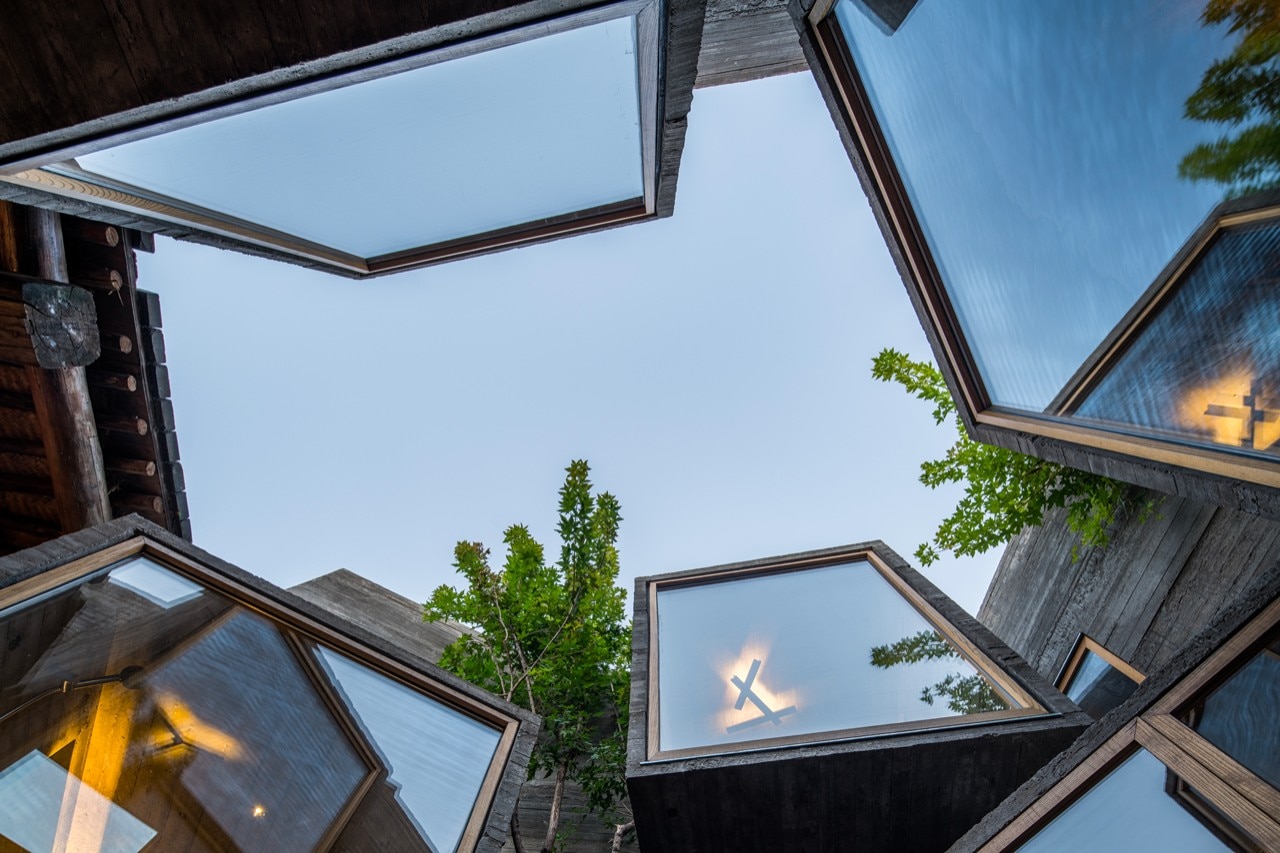
 View gallery
View gallery
Composed of the juxtaposition of many courtyard homes, the hutongs, literally "alleys," constitute the morphological matrix of the ancient built fabric and represent the traditional way of inhabiting domestic space in a Beijing that no longer exists. Over time, various additions and encroachments have saturated the open spaces, rendering the courtyard layout almost unrecognizable. In many other cases, land value and housing demand have led construction industry operators to replace them with more densely populated urban areas. For about twenty years, hutongs have become a testing ground for design experimentation for low-density urbanity that aims to translate certain identity traits of traditional Beijing into architectures attentive to contemporary needs. Among the most interesting experiences, two alternative approaches stand out: the Hutong Filter by ZAI studio, which proposes a centrifugal transformation of the courtyard within the traditional house (selective demolition of certain parts of the wall allows for a dematerialization and filters the space without sharply dividing it); the Micro-hostel by ZAO/standardarchitecture, which, on the other hand, works on the centripetal force of the courtyard type, where the addition of minimal concrete volumes gives a new sense to the space, its density, and its material consistency.
Immagine di apertura: Skyline di Pechino. Foto 文普 王




